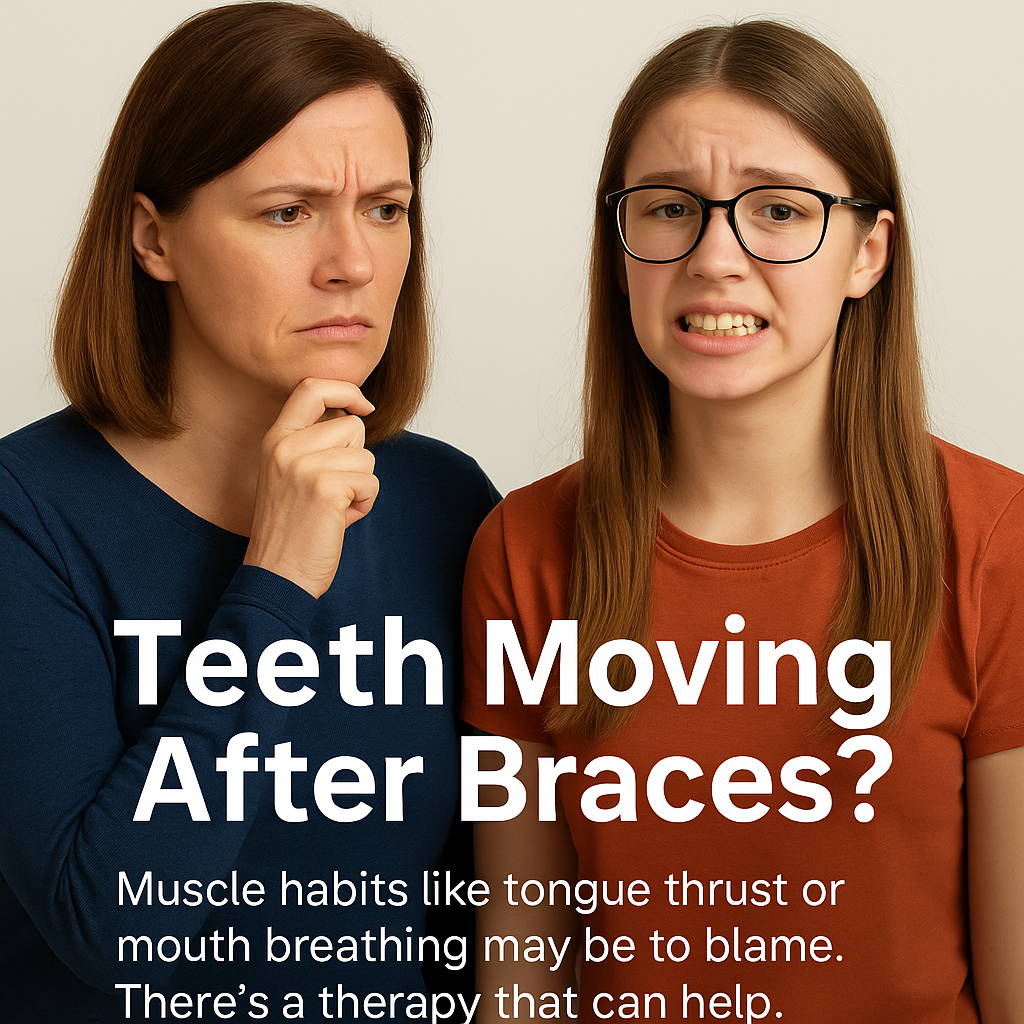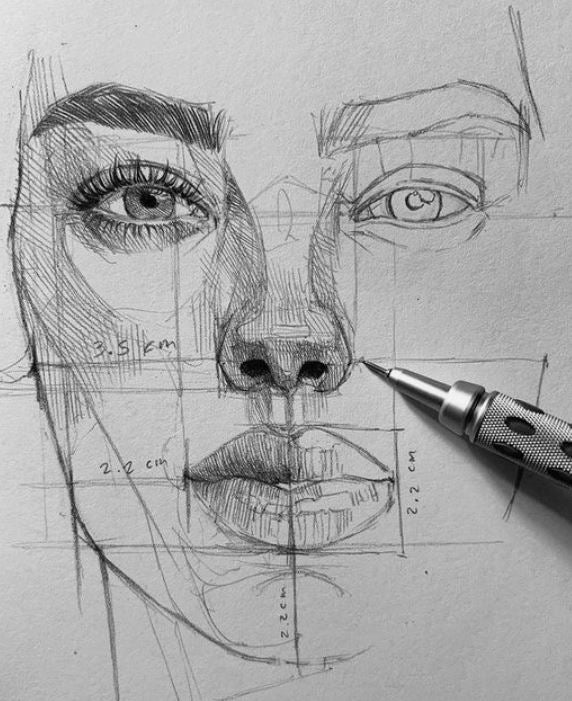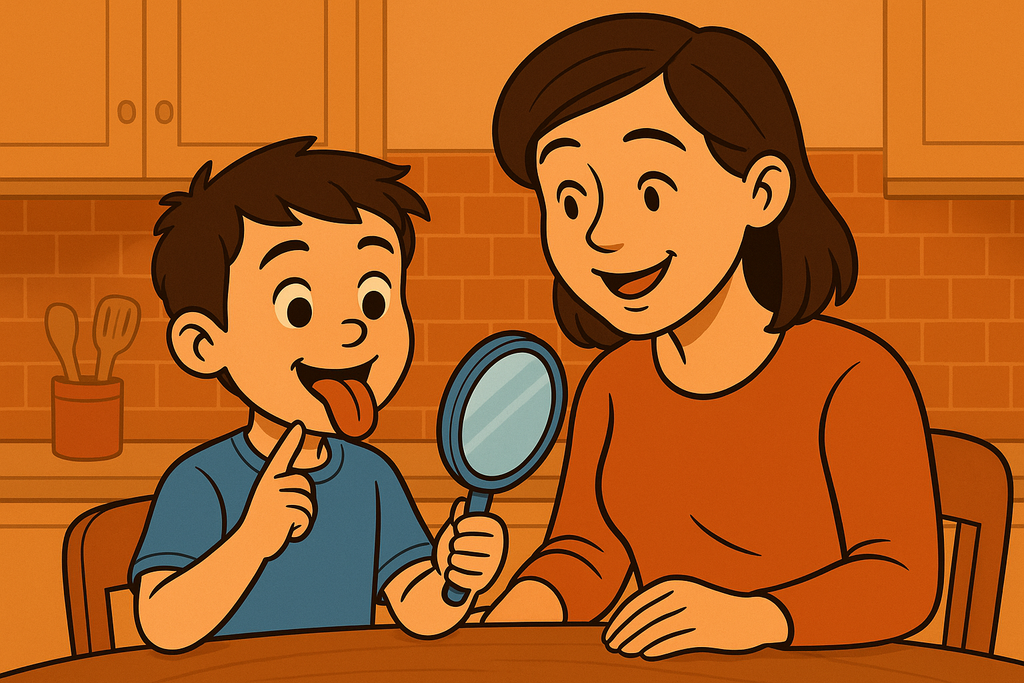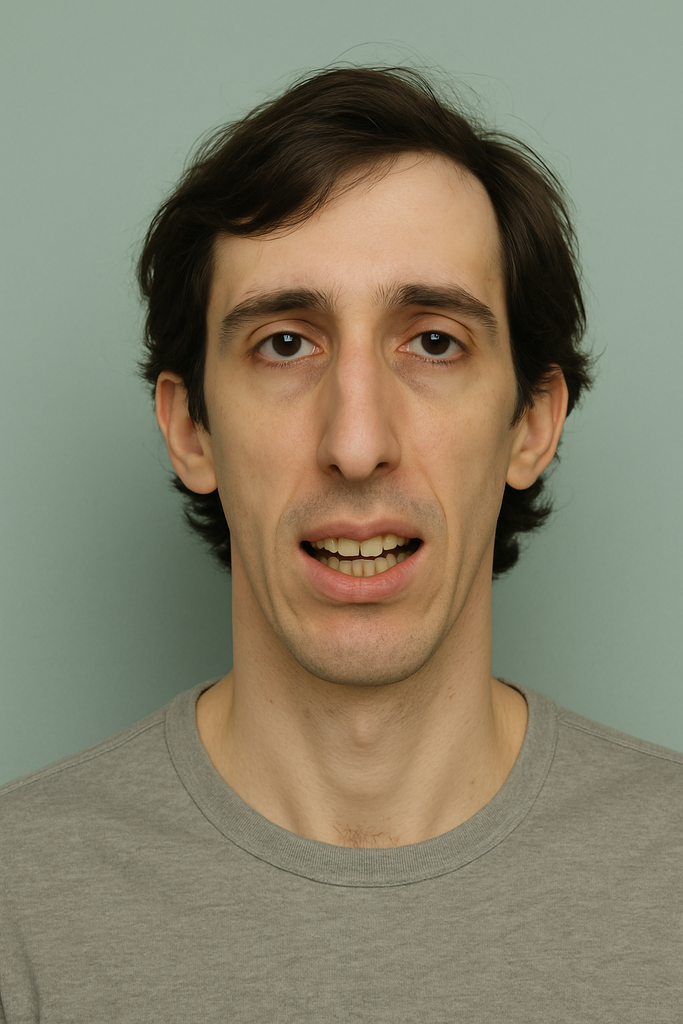The success of braces or clear-aligner treatment isn’t decided by wires and plastic alone—it hinges on the way the tongue, lips, jaw muscles, and breathing muscles behave every single day. Unchecked habits like tongue thrust, nail biting, thumb sucking, and mouth breathing can quietly undo years of orthodontic work or drag treatment out much longer than planned.
Why Muscle Habits Matter During Orthodontic Treatment
“Up to half of all orthodontic relapse has been tied to unresolved myofunctional habits—especially tongue thrust and mouth breathing.”¹
- kongdental.com PMC
When the tongue presses forward on every swallow or the lips stay open to breathe, the same low-grade forces can slowly pull teeth out of alignment again. Studies now show that patients who add orofacial myofunctional therapy (OMT) during braces finish with better occlusal stability on average and report higher satisfaction with their smile.²
Detrimental Effects of Untreated Habits
Habit,
Orthodontic Consequence,
Everyday Red Flag
Tongue Thrust
Open-bite relapse, flared incisors, speech distortion
“S” sounds whistle, tongue seen between teeth when swallowing
Mouth Breathing
Narrow palate, long-face growth, crowding
Dry lips, chapped corners, snoring, large tonsils
Nail Biting
Root resorption, bent wires, broken brackets
Ragged nails, clicking brackets, emergency visits
Thumb/Finger Sucking
Anterior open bite, crossbite, slow midface growth
Callused thumb, gap between incisors, large tonsils
Beyond the Basics — What the Science Says
Tongue Thrust & Relapse – Persistent thrusting increases anterior open-bite relapse rates to as high as 38 % after treatment ³ (Orthodontic Update)
Mouth Breathing & Malocclusion – 3D imaging shows mouth-breathers develop narrower arches and retruded jaws compared with nasal breathers ⁴ (PMC)
Nail Biting & Root Damage – Severe nail-biters exhibit significantly higher apical root resorption before and after orthodontics⁵
Thumb Sucking & Open Bite – Habit persistence beyond age 4 correlates with anterior open bites that rarely self-correct without intervention ⁶ (NCBI)
Root Causes of These Myofunctional Habits
Enlarged adenoids, nasal congestion, or smaller sinuses → mouth breathing
Untreated tongue- or lip-tie → low-tongue posture
Stress & anxiety → nail biting / bruxism / clenching
Comfort-seeking in early childhood, or bottle fed → thumb or finger sucking
Addressing the root—not just the symptom—prevents the same forces from derailing your smile later.
How Orofacial Myofunctional Therapy Helps With Ortho
We perform a 360º OMT 120 minutes assessment at our Ottawa clinic to pinpoint each patient’s unique mix of factors.
Early OMT retrains the tongue to rest on the palate, seals the lips, and replaces parafunctional habits with healthy patterns—locking in the orthodontist’s hard-won tooth movements.
Assessment
We photograph, measure, and test muscle tone, swallow pattern, and airway at our Ottawa clinic.
Personalized exercises
Short, daily drills that “seal the lips, lift the tongue, and calm the breath” strengthen the very muscles that braces fight against.
Habit Re-Patterning
Coaching, accountability tools, and sleep-time strategies break nail biting or thumb sucking for good.
Take home message
Orthodontic hardware can move teeth, but only healthy muscle habits keep them there. Add myofunctional therapy to retrain the tongue, lips, and breathing now—so your braces or aligners deliver a smile that stays straight for life.
Book a free 45‑minute consultation (in‑person or virtual) to learn if myofunctional therapy is right for your child. Our Ottawa clinic welcomes families across Ontario.
Blogs
Sources:
Kong Dental Surgery. Orthodontic Relapse: Causes and Next Steps (2022). kongdental.com
Journal of Pharmacy & Bioallied Sciences. Evaluating the Impact of Myofunctional Therapy on Orthodontic Treatment Outcomes (2024). PubMed
Orthodontic Update. Endogenous Tongue Thrust—Myth? (2021). Orthodontic Update
Topsakal et al. Oral Breathing Effects on Malocclusions and Mandibular Posture (2024). PMC
Kurol & Thilander. Nail Biting, Orthodontic Treatment and Root Resorption (1984). PubMed
StatPearls. Thumb Sucking (2023). NCBI




